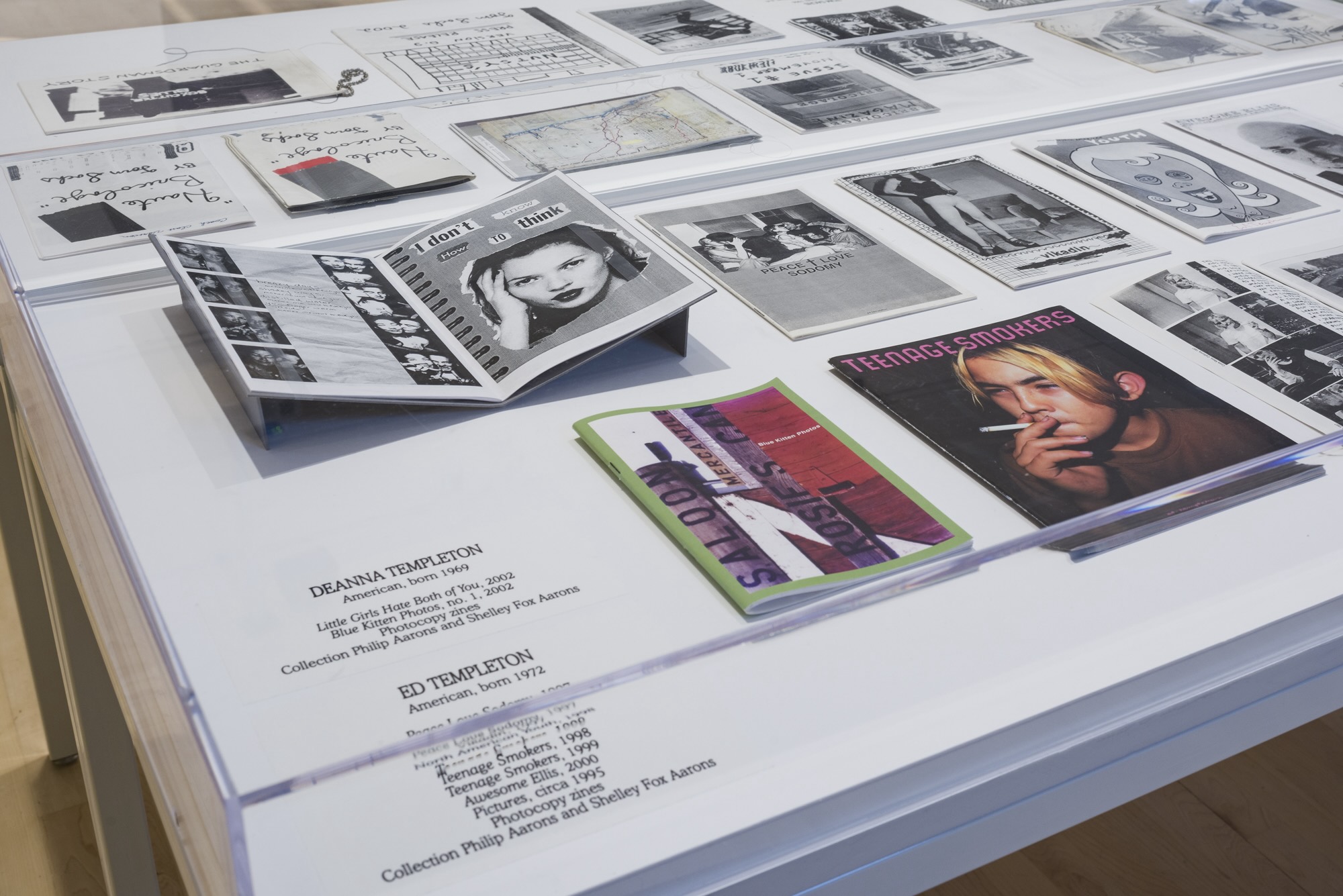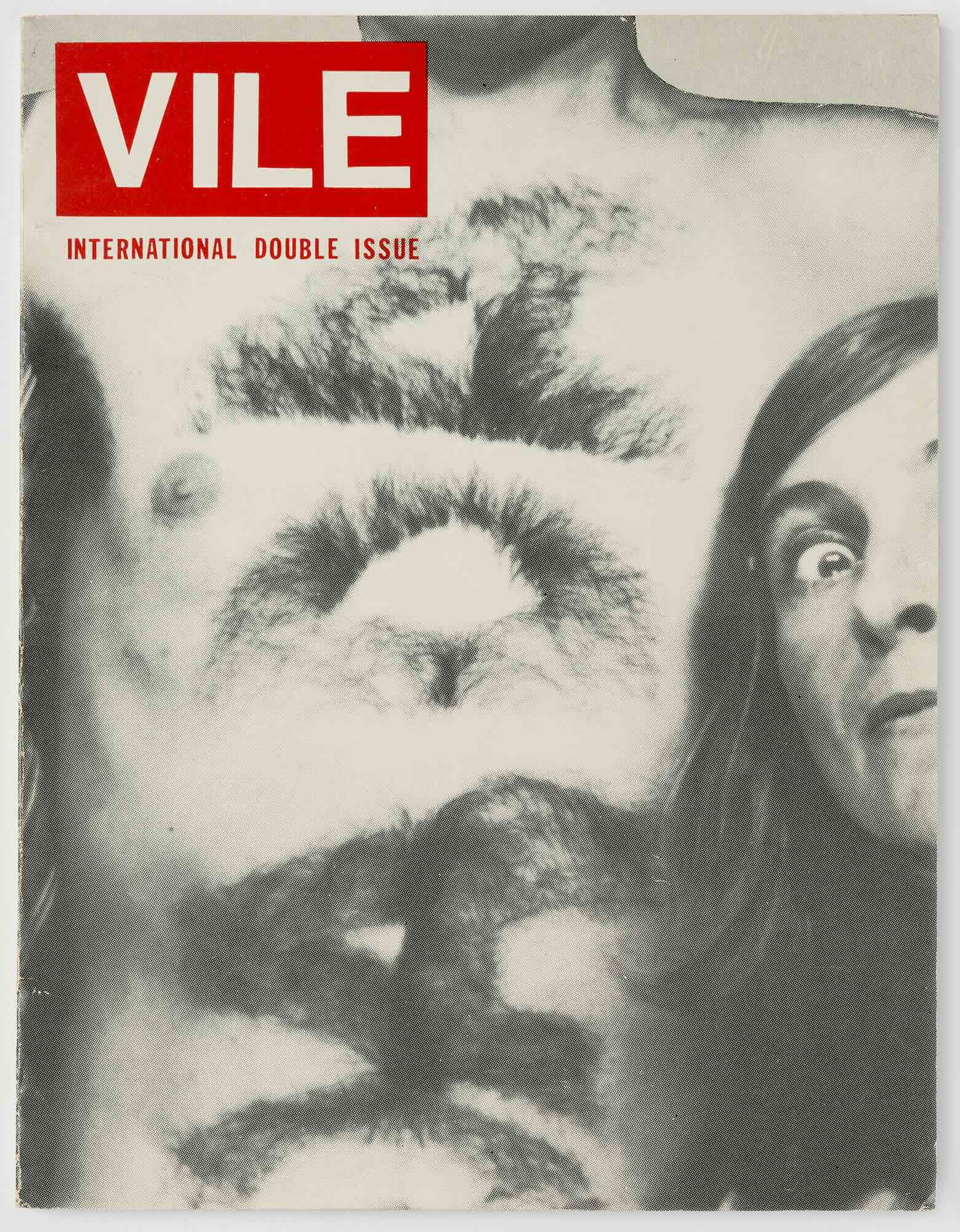Copy Machine Manifestos: Artists Who Make Zines
Brooklyn Museum, New York
From November 17th, 2023 until March 31st, 2024
The aesthetic practice of zines is largely unexplored, but fascinating and engaging. Short for the term “fanzine,” they are self-published magazines that collect text, images and research clippings, originally made with photocopiers. This medium has been widely used to create and promote cultural, social, and artistic communities outside the dominant mores since the early 1970s, when more affordable reproduction technologies became widely accessible to the general population. The exhibition is the first major exhibition devoted to zines, brings together more than 800 works on display, investigates their relationship with a range of avant-garde practices and their intersections with other mediums of creation, including painting, drawing, collage, photography, performance, sculpture, video and film. With the survey presented, zines are considered for the first time as a medium in their own right within art history, the appreciation of these elements also makes the contemporary art scene diverse and unique, and the practice does not take on any nostalgic or past aspect. Initially the project, carried out by Branden W. Joseph, Professor of Modern and Contemporary Art in the Department of Art History and Archaeology at Columbia University, and Drew Sawyer, Curator of Photography at the Whitney Museum of American Art, was to be called An Incomplete History of Zines by Artist. A comprehensive survey of this type of publication seemed impossible, given the vast amount of material present, its variety, and the often private and even anti-institutional nature of these projects.
“Yet, we still felt that artists’ zines deserved to be the subject of an expansive exhibition, not only because the printed medium has become increasingly popular and relevant in the last decade but also because artists themselves have already been exploring these histories and legacies.”
The exhibition is arranged chronologically: The Correspondence Scene presents some of the early artists who incorporated zines into their creative practice from the 1970s onwards, with artistic exchanges between specific groups spread across various cities in North America; The Punk Explosion expands on the iconography typical of the punk movement that developed at the turn of the 1970s and 1980s, challenging institutions and access to distribution channels. Queer and Feminist Undergrounds instead reports on homophobia, transphobia, sexism, racism, white supremacy, ableism, HIV/AIDS activism and classism. It draws attention to marginalised communities struggling to find the strength to make their voices heard, with the intention of establishing a clear control over their own self-representation. Hence the careful reflection on the relationship between zine and video, an interaction that began to emerge in the 1990s and early 2000s. Therefor, Subcultural Topologies investigates the time span in which the production of zines reached art galleries and alternative exhibition spaces, becoming accessible to an ever wider public; Critical Promiscuity describes how these examples manage to be an important means of communication for queer artists, who employ this medium to reach a wider group of people and make their social discomfort or difficulty less and less blurred. A Continuing Legacy concludes the exhibition by focusing on today’s vibrant practice of the development of new zines by individual artists, movements or collectives, and how they are an important catalyst for social change. They still remain a tool to push critical discourses to the surface of debates, and to give people control over their own histories and representations, allowing them to unite within ideas and find common ground, rich in shared values.
















